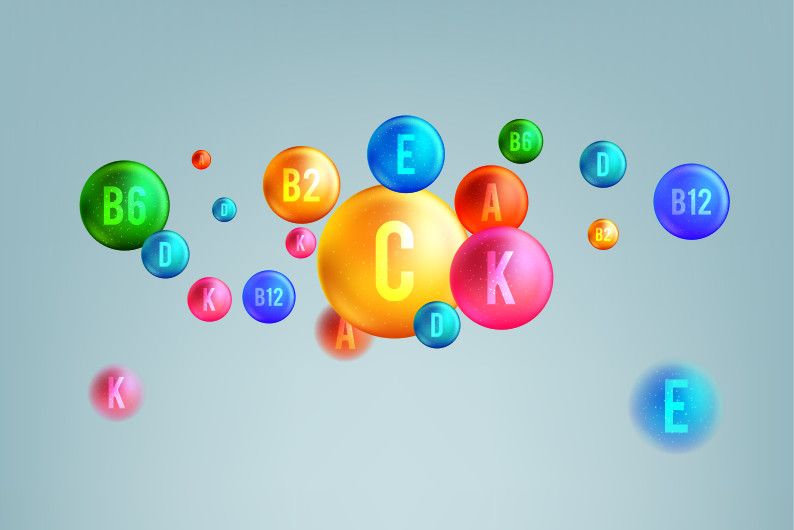Abstract
Background and purpose: Amphotericin B (AmB) is the standard treatment for systemic fungal infections; however, the formation of reactive oxygen species reduces the efficacy and stability of this molecule. The present study aimed to evaluate the effect of the combination of AmB with ascorbic acid and α-tocopherol on its autoxidation and antifungal activity.
Materials and methods: The antifungal activity against Candida albicans was evaluated by the viable cell counting method and checking their morphological changes with a scanning electron microscope. Monomer state of AmB was assessed by scanning the UV absorbance in the range of 300-450 nm and the lipid peroxidation was measured using quantification of thiobarbituric acid reactive-substances (TBARS).
Results: Based on the findings, the addition of ascorbic acid (3×102 µg/mL) and α-tocopherol (16 µg/mL) to the reaction medium of AmB increased its antifungal activity while maintaining its molecular stability. Moreover, the level of TBARS formed in the reaction medium of AmB was significantly reduced after combination with ascorbic acid and α-tocopherol.
Conclusion: Given their availability, their anti-free radical activity, and their low toxicity, the incorporation of ascorbic acid and α-tocopherol into the reaction medium of AmB seems to be a promising approach to obtain an effective antifungal formulation.


